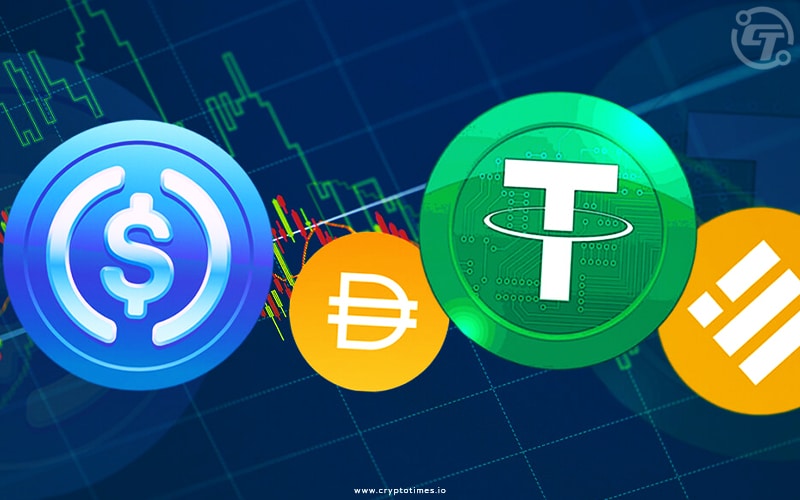Crypto stablecoins have been an asset class for ten years, but in that time, they have rarely lived up to the hype of offering peace of mind in the middle of chaos. Of the 68 tokens examined by specialists at the Bank for International Settlements, not a single one has ever been able to maintain its peg.
The two biggest participants, Tether and USD Coin, can function as a kind of link between virtual and physical money representations because they base their values 1:1 on the US dollar.
They are hardly useful outside of the cryptocurrency trading industry, though. There has always been a safer alternative to storing money in a bank with deposit insurance for the general public who does not experiment with Bitcoin or Ethereum.
This week, Hong Kong released a proposal for stablecoin licensing. Singapore has previously declared plans along these lines. The two financial hubs will most certainly have developed regulations by the end of 2024 that US lawmakers have been trying for three years to embrace but have not been able to.
It appears that both Asian jurisdictions believe they can control at least one subspecies of the wild beast: the one that backs its promise of conversion into a fiat currency with safe, liquid reserve assets.
Stablecoins like these can function as reliable payment methods in regular scenarios unrelated to cryptocurrency trading with sensible regulation. Purpose-bound money is the keyword; it can programmatically encircle value stored in tokens and steer it toward a specified goal.
Also Read: CoinDesk Indices Expands To Asia-Pacific With ICE Partnership







